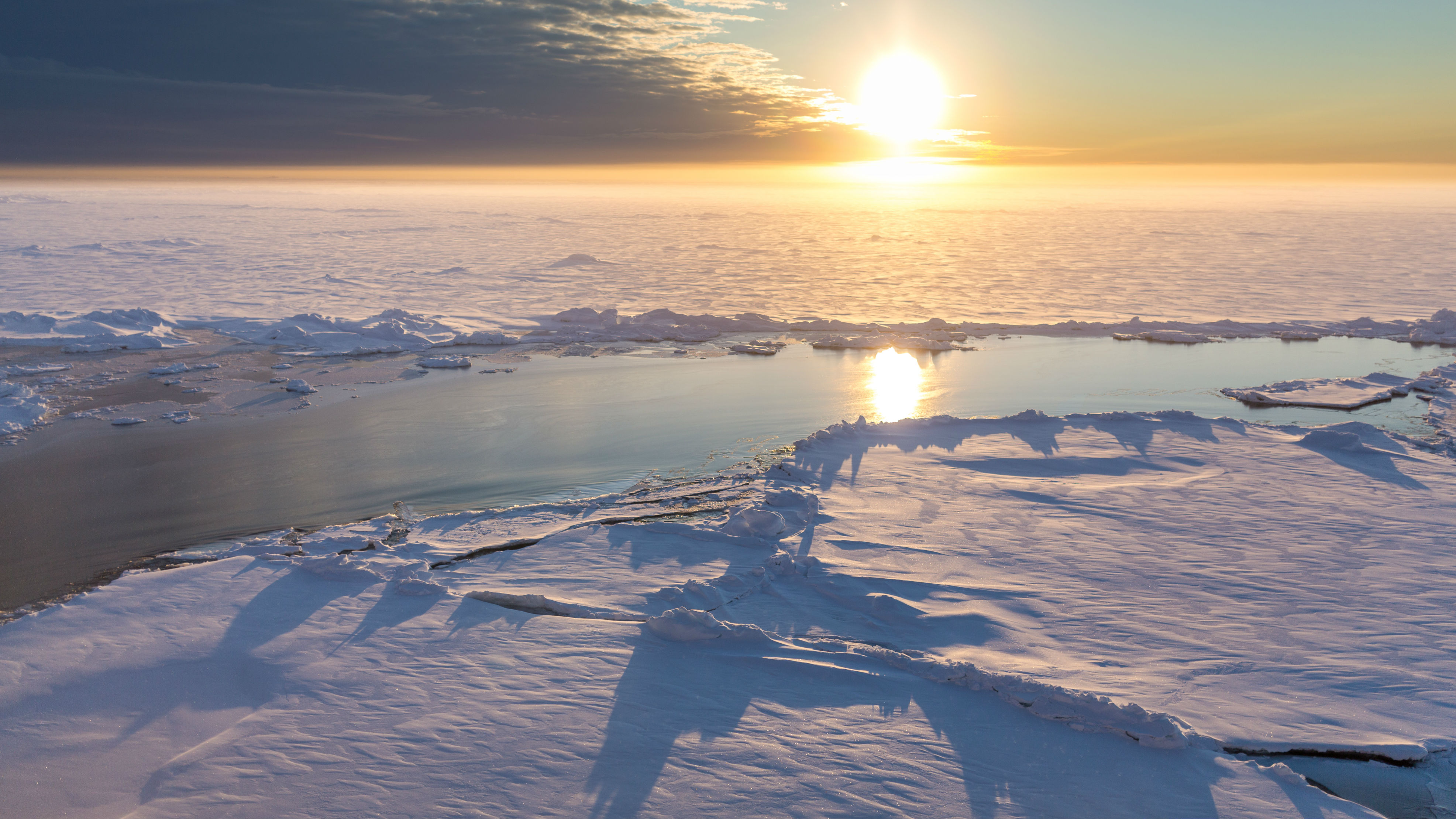Ocean
Artic ocean

The Arctic Ocean is Earth's northernmost body of water. It encircles the Arctic, and flows beneath it. Most of the Arctic Ocean is covered by ice throughout the year—although that is starting to change as temperatures climb. Pale and stark on the surface, the Arctic Ocean is home to a stunning array of life.Though it's the world's smallest ocean—spanning 6.1 million square miles—the Arctic is now receiving unprecedented international attention. Scientists are racing to understand how warming temperatures will alter Arctic Ocean waters—and by extension the rest of the climate—and world leaders are racing to control newly opening waters.The Arctic Ocean is warming faster than anywhere else on Earth and feeling the onslaught of climate change.The U.S., Canada, Greenland, Iceland, Norway, and Russia all have territories that reach into the Arctic Ocean. About four million people live in the Arctic region, many of them indigenous groups that have thrived there for millennia. To survive in the harsh climate, many of the region's people rely on the ocean's bounty to sustain their livelihoods. This includes fishing, sealing, whaling, and other activities.The Arctic's otherworldly landscapes are also increasingly drawing tourists to the region.As once impenetrable sea ice becomes less stable, Northern Hemisphere countries have begun to take a greater interest in the Arctic as a path for shipping lanes, military presence, and commercial opportunities, particularly oil and gas exploration.Ocean life.Much of the Arctic Ocean's complex life can only be seen by underwater explorers who dive through holes in thick sea ice. Much of the ocean here is dark, blocked from sunlight by ice cover, but photographers have dived with lights to expose underwater Arctic life.